One of the most spectacular areas in North Sikkim is the high-altitude lakes. These glacial melt-fed lakes are breathtaking sights embedded with deep cultural and spiritual significance. These lakes in North Sikkim narrate a unique and different tale. Some sit in unspoiled forests and others are surrounded by bleak, wind-blasted landscapes. Many of these lakes are still unexplored, either because they are located in remote places or are inaccessible, contributing to their mystique. The mirrored views of snow-capped peaks, the colours of the waters that keep changing, and the stillness of nature make them a traveller’s dream for pristine Himalayan tourism.
8 Beautiful Lakes In North Sikkim
Explore all the pretty lakes in North Sikkim with the following list covering known and hidden lakes in the region:
1. Gurudongmar Lake
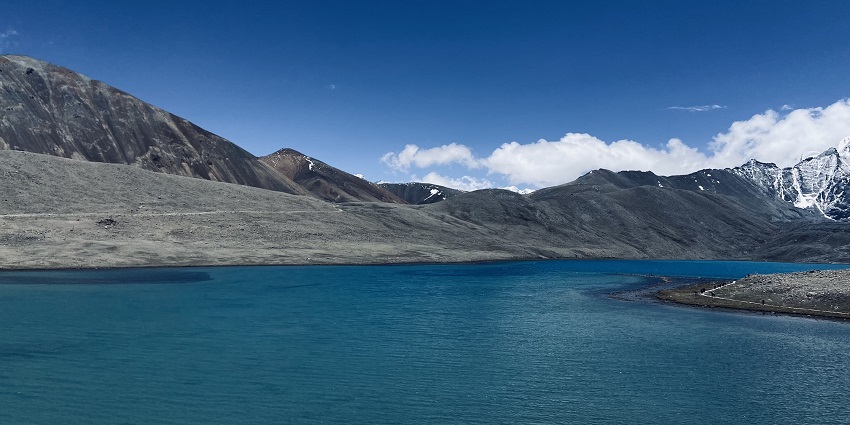
Photo: Librecontributions / Wikimedia Commons
Gurudongmar Lake is one of the highest and most revered lakes in India. The lake is named after Guru Padmasambhava, whose blessing is believed to have prevented the lake from freezing completely in winter. The road to Gurudongmar is an adventure, with rough terrain coupled with extreme weather conditions challenging even seasoned travellers. The first view is of turquoise waters and snow-capped mountains. Aside from its marvellous nature, the lake is a holy place for Hindus, Buddhists and Sikhs. Tourists require special permits to visit the area because of its proximity to the Indo-China border.
Location: Near Lachen
Altitude: 17,800 feet
Best Time To Visit: April to June, September to November
2. Gyam Tsona Lake
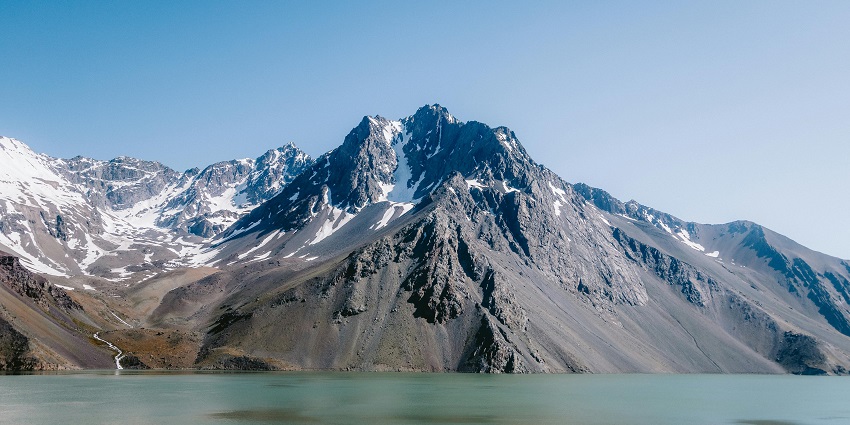
Photo: Zeluloidea / Pexels / Image For Representation Only
Gyam Tsona Lake, located just beyond Gurudongmar Lake about 17,000 feet up, is one of North Sikkim’s most remote and mysterious bodies of water. The stunning body of water lies mostly unchallenged due to its extreme altitude, weather and restricted military zones. Travellers who make it beyond Gurudongmar describe it as an eerily silent place, where the sound of the wind is even more amplified. The water takes on whatever colour the sky shares with it, shifting from deep sapphire blue to frosted silver in winter.
Location: Beyond Gurudongmar
Altitude: 17,000 feet
Best Time To Visit: May to October
3. Tso Lhamo Lake
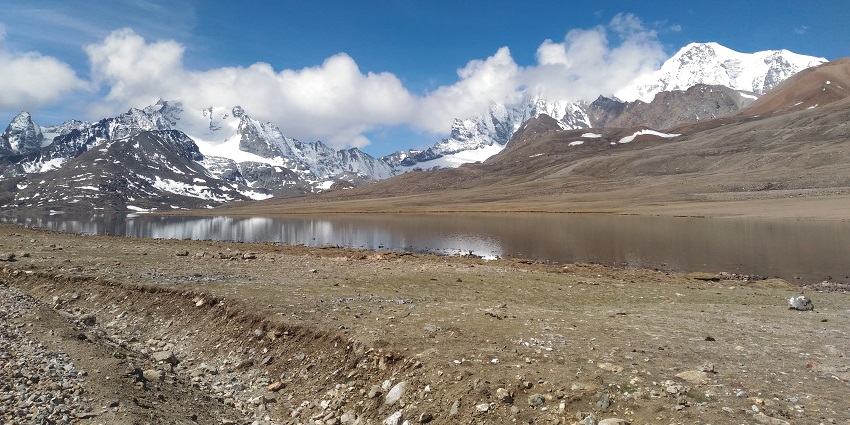
Photo: Ajay kumar / Wikimedia Commons
Located near the Tibet border, Tso Lhamo Lake is among the highest lakes in India. This crystal blue lake is fed by melting glaciers and is a major source of water for the Teesta River. Tso Lhamo is a little further and therefore relatively untouched, unlike Gurudongmar, which sees throngs of pilgrims and tourists. The lake’s deep blue waters are mesmerising, set against a backdrop of barren, snow-draped mountains. Travellers must contend with dirt roads, high altitudes, and extreme weather, making the trip an adventure for the most intrepid travellers. Wildlife enthusiasts can also catch a glimpse of rare Himalayan creatures, including the Tibetan gazelle and blue sheep, nearby.
Location: Near Cholamu Lake
Altitude: 17,500 feet
Best Time To Visit: May to October
4. Lhamu Chho Lake

Photo: Zeluloidea / Pexels / Image For Representation Only
Another hidden gem of Yumthang, Lhamu Chho Lake is a gorgeous lake in North Sikkim. This alpine lake, at an altitude of 11,200 feet, is home to lush alpine meadows, rhododendron forests and soaring peaks. Lhamu Chho is a vision of tranquillity, with translucent waters reflecting the bright blue sky and surrounding flora. In spring, the area around the lake is carpeted with blooming rhododendrons and wildflowers. Its untouched beauty is well protected and the lake is sacred to the local communities. This is a great place for those who want to escape the crowds and explore the beautiful and untouched Himalayas.
Location: Near Yumthang Valley
Altitude: 14,000 feet
Best Time To Visit: April to June, September to November
5. Khangchung Tso Lake
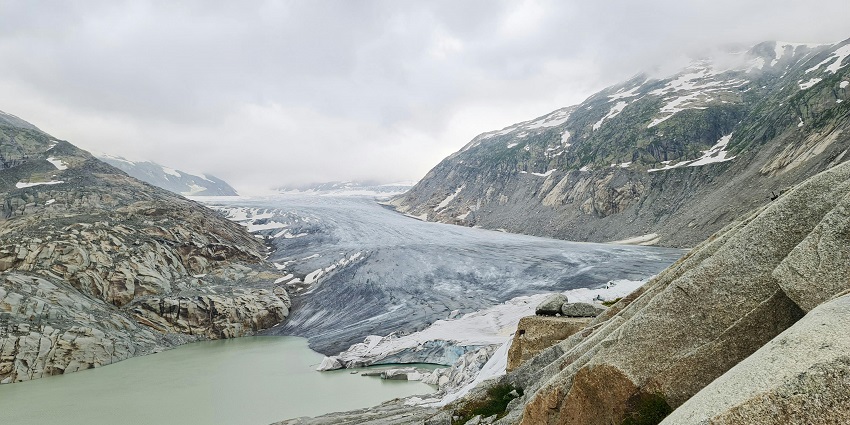
Photo: adrian vieriu / Pexels / Image For Representation Only
Hidden high in the Zemu Glacier area, Khangchung Tso is a remote high-altitude lake few travellers get to see. Khangchung Tso is hidden away deep in the mountains and a long, often arduous trek through some of the most remote Himalayan landscapes is required to reach it. The lake’s waters, a rich, deep blue, seem to shine beneath the mountain sunlight. The surrounding land is made up of glacial mountains, rocky cliffs, and sparse vegetation. The lake lies within the protected boundaries of Kanchenjunga National Park. If you are an experienced trekker looking for an offbeat en route to the great Himalayas, this trek is for you.
Location: Zemu Glacier Region
Altitude: 16,500 feet
Best Time To Visit: May to October
6. Kishong Tso Lake
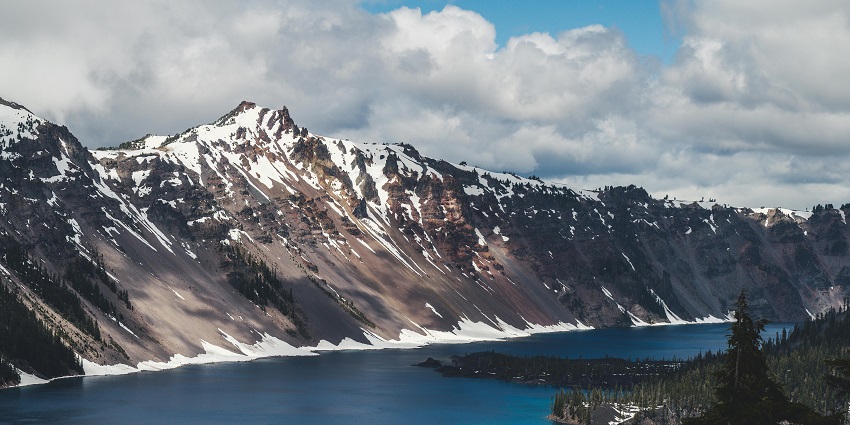
Photo: Brett Sayles / Pexels / Image For Representation Only
Kishong Tso Lake is a sacred lake located in the culturally rich Dzongu Valley, inhabited by the indigenous Lepcha community. While most high-altitude lakes in North Sikkim are barren, Kishong Tso is surrounded by green forests and unspoiled meadows. The lake is held in high esteem by the local people and remains mostly untraveled by tourists. To get to Kishong Tso, you must embark on a picturesque trek through thick bamboo forests and foggy hills. In spring and autumn, the sky is blue most of the time and the hills refract in the water, giving a magical view of the lake.
Location: Dzongu Valley
Altitude: 12,000 feet
Best Time To Visit: March to June, September to November
7. Sanglaphu Cho Lake
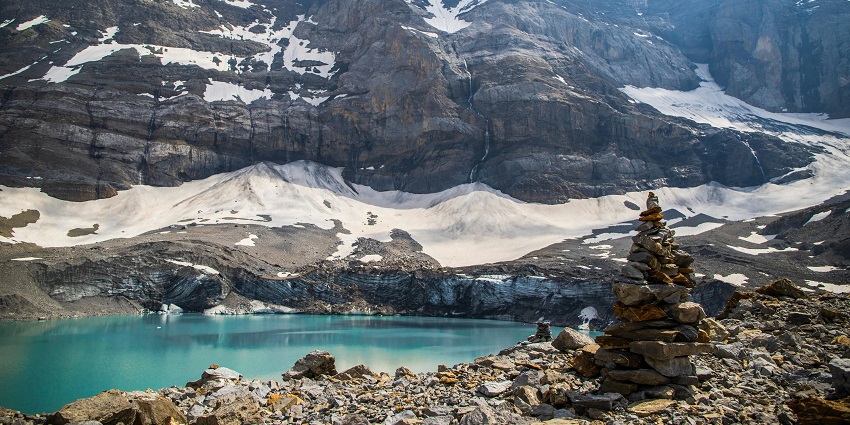
Photo: Adrian Lang / Pexels / Image For Representation Only
Hidden deep inside the lap of the Lachen region, Sanglaphu Cho is a lake in north Sikkim engulfed in myths and mystery. This lake is hidden amid glacial valleys and rugged mountain ridges at 15,000 feet. In contrast to most of the more-visited ones in North Sikkim, Sanglaphu Cho has dark emerald water that has a blackish hue during the winter months. The lake is believed to be holy by the local Mandal and Bhuegit communities and requires trekking and special permissions. The area surrounding Sanglaphu Cho is known for rare Himalayan wildlife, including blue sheep, red pandas, and shy snow leopards.
Location: Chungthang
Altitude: 15,000 feet
Best Time To Visit: April to June, September to November
8. Green Lake
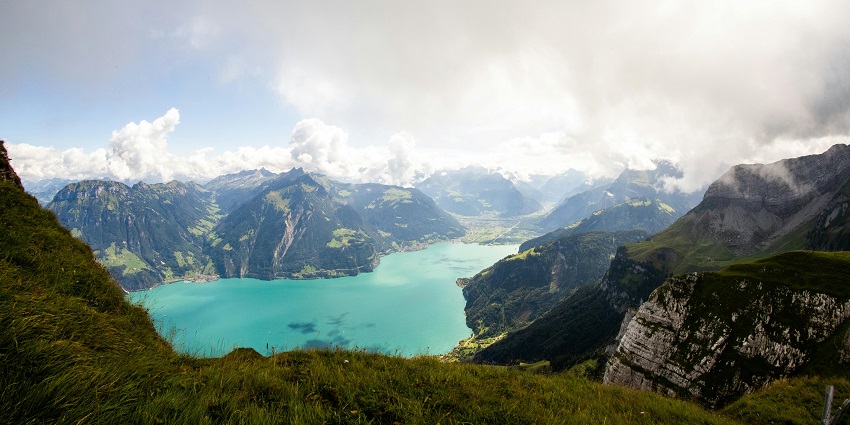
Photo: Adrian Lang / Pexels / Image For Representation Only
Green Lake, near the base of Mount Kanchenjunga, North Sikkim, is one of the most beautiful yet less-explored lakes. In contrast to other lakes that can be reached by road, Green Lake can only be approached after a long hike through Kanchenjunga National Park. The trekking route leads visitors through lush forests, alpine meadows, and glacial streams to views of the Himalayas. The lake is so named because of the blue-green colour of the water, which reflects the peaks around it. In the winter months, Green Lake freezes over and transforms into a surreal landscape of ice. The hike into Green Lake is difficult and requires experience and fitness.
Location: Kanchenjunga Base Camp
Altitude: 16,900 feet
Best Time To Visit: October to December
Other Lakes In North Sikkim And Around
Following are additional lakes to explore around north Sikkim to complete your Sikkim journey:
1. Menmecho Lake
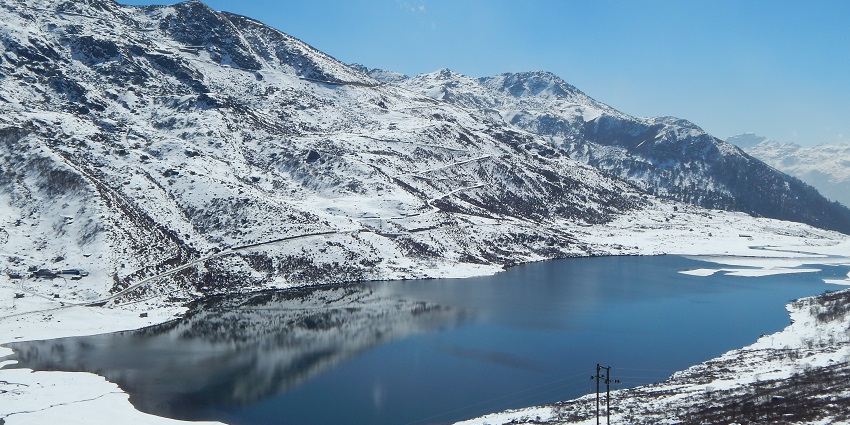
Photo: Avisek.Dutta83 / Wikimedia Commons
Situated amidst dense forests and steep mountain cliffs, Menmecho Lake is one of east Sikkim’s most beautiful and unexplored lakes. Menmecho is encircled by dense pine forests and gentle meadows, making it a leisurely escape for nature enthusiasts. The lake is known for its shifting colours that change with the seasons, deep emerald green during the monsoon and icy blue during the winter. It’s also an important trout breeding ground, and fishing is allowed with advance permission. The most adventurous way is a short trek from Baba Mandir to Menmecho.
Location: Near Tsomgo Lake and Baba Mandir
Altitude: 12,500 feet
Best Time To Visit: April to June, September to November
2. Samiti Lake
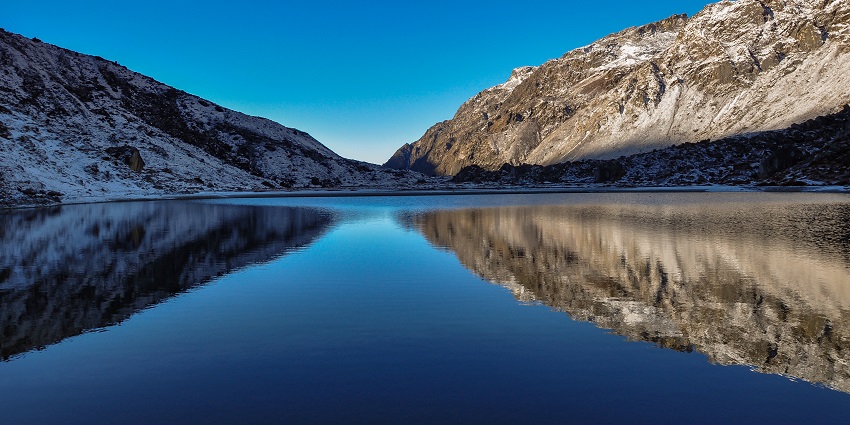
Photo: Yoghya / Wikimedia Commons
Samiti Lake is an ancient sacred alpine lake along the famous Goechala trek route. It is perhaps one of the most scenic and challenging trekking routes in Sikkim. Unlike the more well-visited lakes of West Sikkim, Samiti requires a multi-day trek through the thick forests of rhododendron trees, steep ridges, and glacial valleys. The crystal clear turquoise water of the lake reflects the sky and the towering Himalayan peaks as Mount Pandim. The most magical views come at dawn when the water is completely still, forming a near-perfect mirror of the mountains. Rare wildlife, such as blue sheep, Himalayan griffons, and red pandas, are also found in the area surrounding the lake.
Location: Goechala Trek Route
Altitude: 14,100 feet
Best Time To Visit: October to November, April to May
Lakes in North Sikkim lures travellers with a heady mix of nature, culture and adventure. These lakes are the raw, untouched beauty of the Himalayas and their hidden charm. Many remain tough to reach, demanding permits, treks, and a spirit of adventure, which are ideal for offbeat travellers. Plan your trip with TripXL and explore these lakes, giving you a sneak peek into the most surreal and pristine sights of India.
Cover Photo: Shiv’s fotografia / Wikimedia Commons


 WhatsApp
WhatsApp
 Twitter
Twitter









